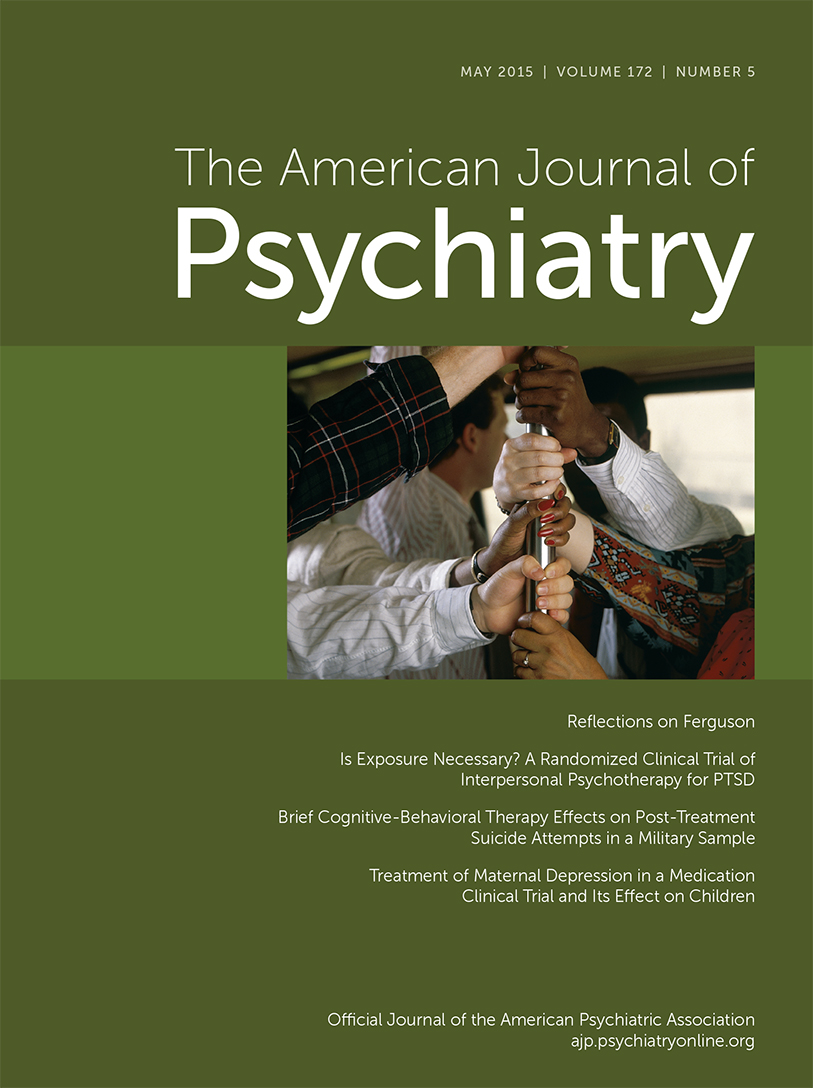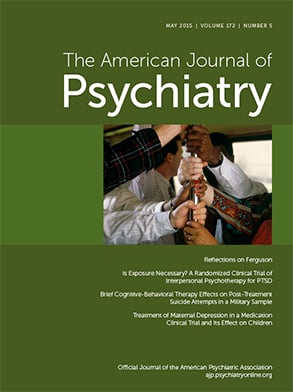T
o the E
ditor: Gabapentin is approved by the Food and Drug Administration as an adjunctive antiepileptic for refractory partial seizures and as an analgesic for postherpetic neuralgia. It is presumed to interact with calcium channels to regulate various neurotransmitter release (
1) and is commonly prescribed off-label for other pain syndromes, as well as mood and anxiety disorders (
2), with few reports of abuse (
2–
5). However, with decreasing availability of commonly abused prescription opioids, it has been suggested that nonmedical users of prescription opioids are substituting other licit (
6) and illicit (
7) drugs for abuse.
For example, in a cohort of 503 adults reporting current, nonmedical use of diverted prescription opioids in Appalachian Kentucky (and not presently in substance abuse treatment; study details are described elsewhere [
8]), 15% of participants identified using gabapentin specifically “to get high” in the past 6 months. This represents a 165% increase in use compared with reports from 1 year prior and a 2,950% increase since 2008 within this cohort. Participants reported using gabapentin an average of 25 of the past 30 days and were more likely than nonusers to be abusing immediate-release oxycodone (64.8% compared with 46.5%; difference in percentages [d]=18.3%; 95% Wald continuity corrected confidence interval [CI]=3.1%–31.5%), buprenorphine (44.4% compared with 26.0%; d=18.4%; 95% CI=4.3%–33.1%), and benzodiazepines (42.6% compared with 21.6%; d=21.0%; 95% CI=7.1%–35.7%) in the prior 30 days “to get high.” There were no differences in past 30-day use of heroin, cocaine, and methamphetamine. Females (77.8%; d=17.3%; 95% CI=10.4%–24.6%) and participants reporting chronic medical conditions (48.2%; d=16.3%; 95% CI=1.8%–31.0%) were also significantly more likely to report gabapentin use. The two major sources of gabapentin were physicians (52%) and drug dealers (36%), and street costs were reported to be less than $1.00 per pill. Several volunteers reported use of dosages outside the range of standard medical care.
To our knowledge, this is the first prospective report of gabapentin abuse in an epidemiologic study of drug users. While gabapentin may be an appropriate treatment for some individuals (e.g., those with alcohol withdrawal, chronic pain), use for these reasons was not queried. Further systematic research (e.g., amount used, route of and motivations for use) is necessary to more fully understand the patient, provider, and public health implications of this new trend. Psychiatrists prescribing gabapentin should be aware of its abuse potential.
Acknowledgments
The authors thank Susan Jent, Lee King, and April Young for helpful comments in the development of this letter.

